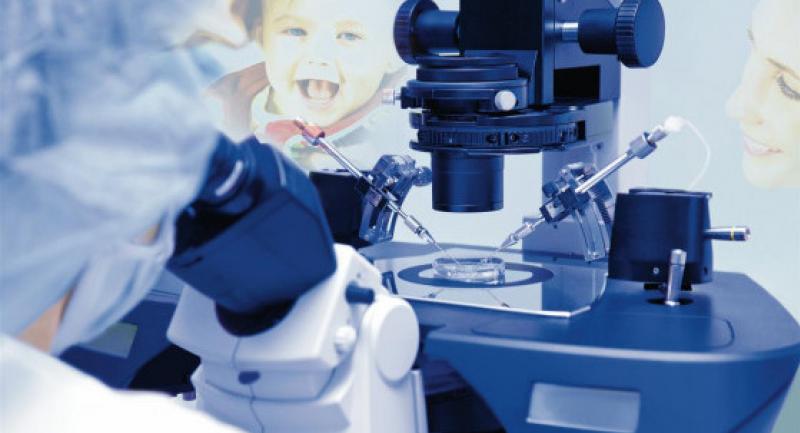Assisted |reproduction: what’s new

Calcium ionophore is a substance that is used in Assisted Reproductive Technology, or ART, to help increase fertility and solve problems of infertility, heightening the possibilities of having children, for those struggling with such issues.
Samitivej Sukhumvit Hospital has conducted extensive research into and been involved in the development of this type of treatment, and first used it on July 12, 2010,
Current treatments for issues of infertility employ the use of ART to solve the problem. For some groups of patients – such as cases where the male has a very low sperm count, weak sperm health, or severe abnormalities, or if the female’s eggs have hard or thick shells – treatment is carried out with a procedure in which a single sperm is injected directly into an egg.
After incubation, eggs that are successfully fertilized become embryos, at which time the embryo transfer procedure is used to physically place the embryo in the woman’s uterus, where, if the treatment works, pregnancy will occur and the embryo will grow into a baby. We call this method Intracytoplasmic Sperm Injection (ICSI). Research has shown that only about three to five per cent of patients experience either fertilisation failure or a less than 50-per cent fertilisation rate, with the main cause of failure stemming from sperm abnormalities.
Once the sperm has been injected into the egg, the sperm must signal to the egg (the sperm factor) that it has arrived and should allow their nuclei to be fused together, after which the male sperm nucleus then fuses with the female nucleus.
If, however, the sperm has abnormalities, (problems with morphology or motility, for example) it will be unable to signal the egg properly. That means the egg pronucleus is unable to form and its genetic material is unable to arrange itself in order to fuse and combine with the pronucleus of the sperm. When it comes time for fertilisation to occur, therefore, only the nucleus of the sperm will be present, but not that of the egg,
The introduction of calcium ionophore can solve the problem. Using the technology, the egg that has been injected with the sperm is transferred to a medium containing calcium ionophore produced by Samitivej Sukhumvit Hospital and allowed to incubate for about 15 minutes.
The medium then enters the egg and acts as a signaler to the egg that the sperm has arrived. The egg is then activated for pronucleus formation and can begin the process of fertilisation. Finally, both the eggs and sperm, having begun the process of fertilization, are cultivated and matured according to the standard procedure.
This technique will be used in cases of:
l low fertilisation after undergoing ICSI |(< 50 per cent)
l very low sperm quality including low sperm count, weak sperm health, or severe abnormalities
l sperm morphology or abnormal sperm size and shape
l Sperm motility (the ability to move forward normally)
In solving problems of infertility using ART, it is important to consider carefully what kind of method is appropriate for each individual case. If an examination finds that the male’s sperm is abnormally shaped, that is, the sperm heads are very large, or in cases where ICSI has already been performed and was unsuccessful, the calcium ionophore technique will be used in treatment.
DR BOONSAENG WUTTHIPHAN is an obstetrician/gynaecologist specialising in reproductive medicine at Samitivej Sukhumvit Hospital. Call the Women’s Health Centre at (02) 022 2555-6.





